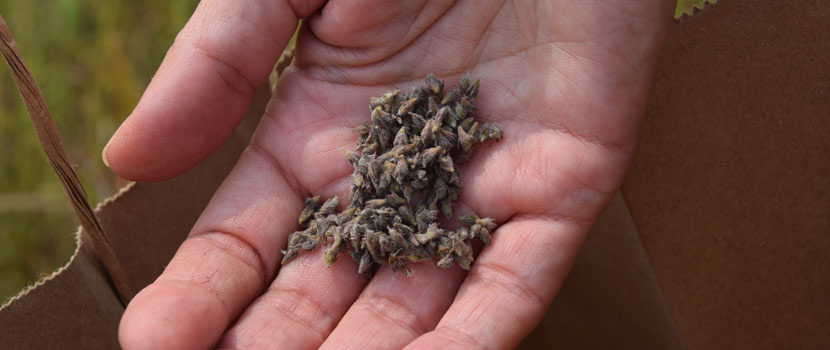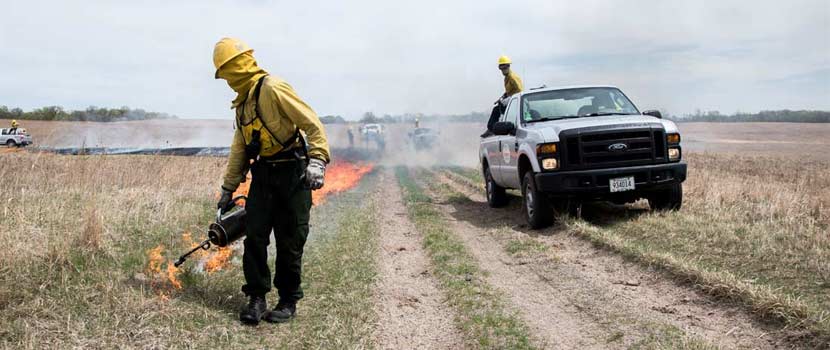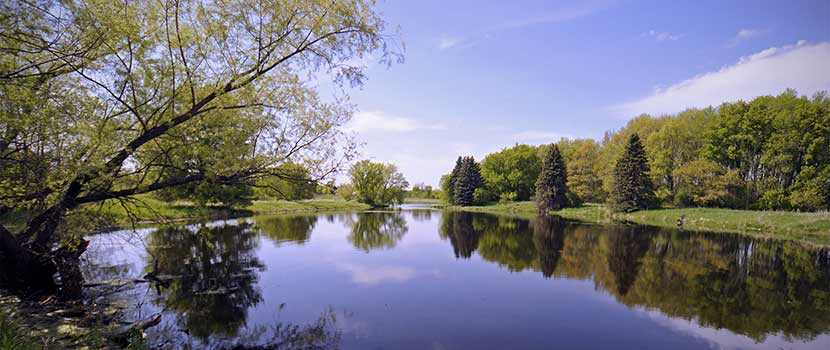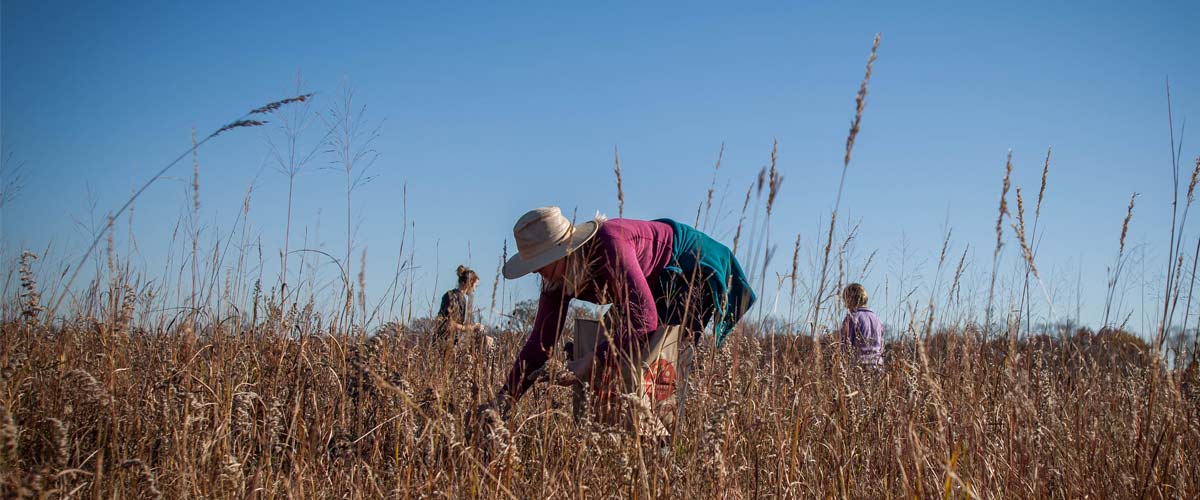
What's in a Seed? Why Prairie Seed Collection Matters
By: Erin Korsmo
August 20, 2018
Category: Resource Management
In late summer and fall, armed with sun hats and garden gloves, volunteers and staff members wade into the restored tallgrass prairies of five of the Three Rivers park reserves. As the grasses tower above them and the pollinators buzz around them, they pluck seeds from dried wildflowers and toss them into paper bags.
They are not out there just for fun – though collecting seeds is something of a serene experience. They are out there to save the prairies and the creatures that depend on them.
Why Does Prairie Restoration Matter?
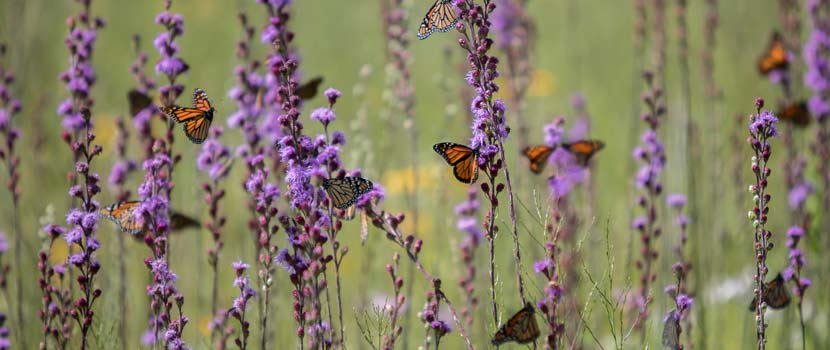
“Prairies are important because of the wildlife they support,” says Angela Grill, Wildlife Biologist for Three Rivers. When habitat is threatened, she explains, the species that rely on it can struggle to survive.
Prairies are the most threatened habitat in Minnesota. Prior to European settlement, 18 million acres of prairie land covered the western part of the state. Today, less than 180,000 acres – or less than 1 percent – remains.
Some species that depend on prairies are now on state and national endangered and threatened species lists. Protecting them requires bringing back their habitat.
How Does Seed Collection Contribute?
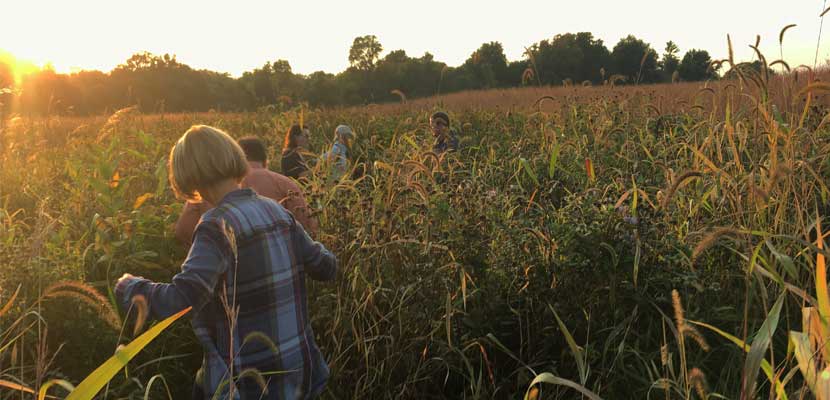
Collecting seeds allows the Park District to help ensure diversity in its restored prairies. Diversity in plants is a hallmark of a healthy prairie, explains Angela, who leads the seed collection program at Three Rivers. The more types of plants a prairie has, the more insects and animals it will attract. The restored prairies in Three Rivers house over 150 species of plants.
Angela and others consider which plants are thriving and which could use a boost when choosing which seeds to collect each year.
After collection, staff take the seeds to the Park District’s nursery in Crow-Hassan Park Reserve to be sorted, cleaned, bagged and stored for the winter. Before storing them, staff create custom seed mixes for each unit of each prairie. Natural Resources staff then sow the seeds back onto the prairie in the spring after it has been burned.
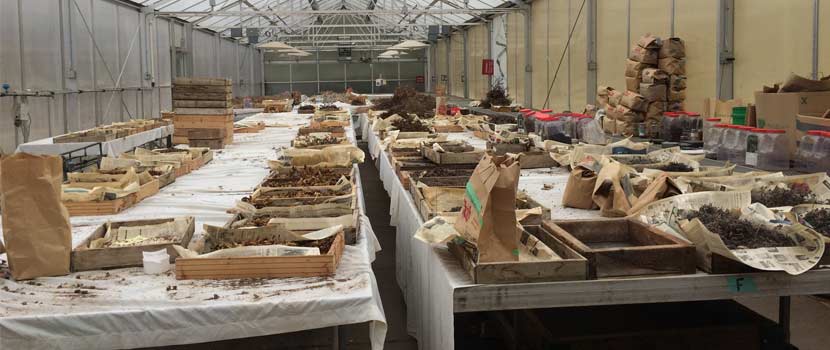
The result is large swaths of restored prairies at Crow-Hassan, Murphy-Hanrehan, Carver, Elm Creek and Hyland Lake park reserves where plants bloom from early spring through late fall, attracting important pollinators and other species the entire time.
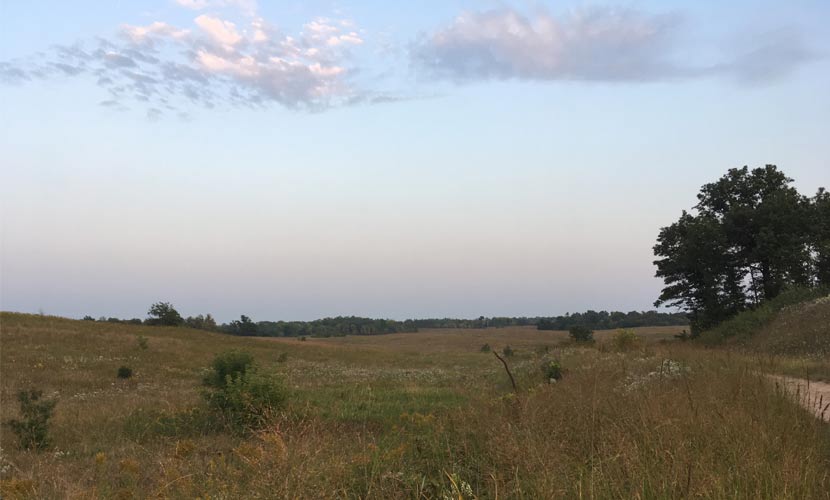
Saving the Prairies and Saving Money
Volunteer seed collectors are not only saving the prairies. They also save Three Rivers tens of thousands of dollars each year.
Because there aren’t enough staff members to collect the amount of seeds necessary to restore a prairie, Three Rivers would have to purchase local, native seeds to keep the prairies thriving. While the Park District purchases some seeds, the vast majority come straight from its restored prairies thanks to volunteers who commit hundreds of hours annually.
Last year, 641 volunteers spent more than 1,500 hours collecting 236 pounds of wildflower seeds from 76 different species. That amount is worth at least $60,000, according to Angela.
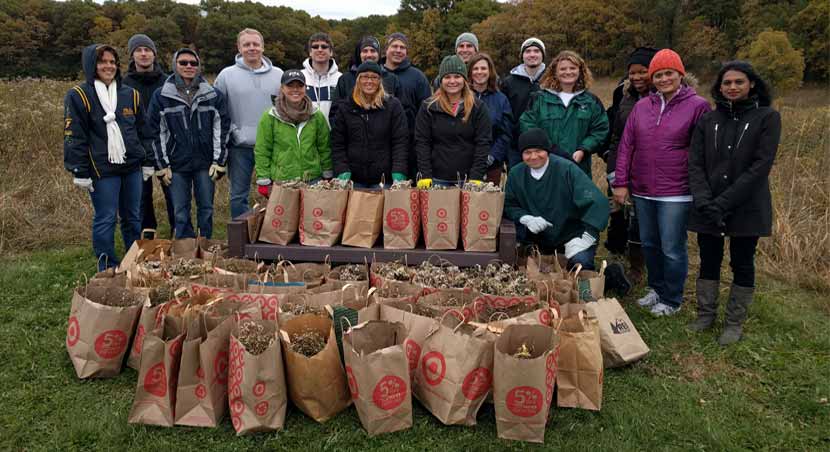
Seeing the Effects of Seed Collection
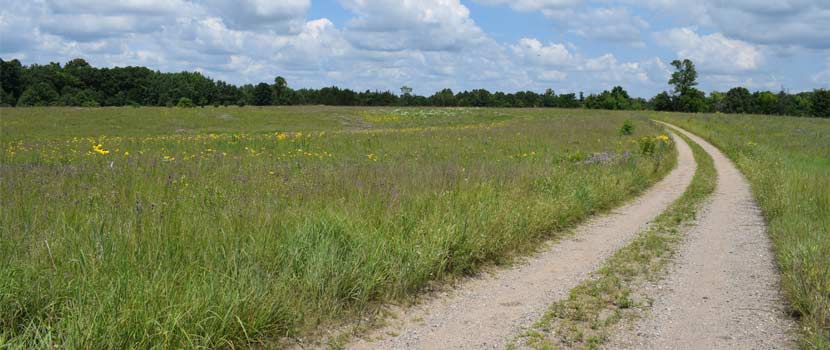
Take a walk along the turf trails of Crow-Hassan Park Reserve, and you can see, hear and feel the results of seed collection efforts. A Henslow’s sparrow, listed as endangered in Minnesota, calls from the tall grasses while a rusty patched bumble bee, a federally endangered species, buzzes along, landing on a blazing star to nectar. If you’re lucky, you may cross paths with the vulnerable regal fritillary butterfly or the state-threatened Blanding’s turtle.
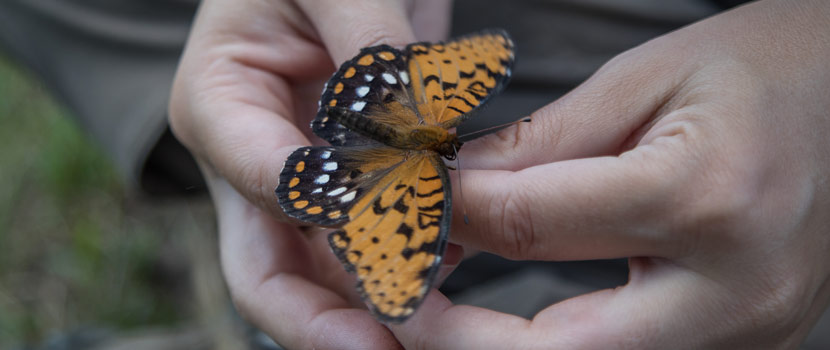
These and other species that have been severely affected by the loss of prairies have found a home here in the Twin Cities region because of consistent prairie restoration efforts, including seed collection. Experiencing their presence is powerful, especially if you’ve played a role in restoring their native habitat.
Three Rivers Park District has been working to restore prairies in the Twin Cities region for nearly 50 years. Today, the Park District has 1,600 acres of restored prairie with a goal to make it 2,000 in the coming years. Seed collection efforts play a vital role in ensuring the long-term success of these prairies and the wildlife that inhabits them.
Ready To Get Involved?
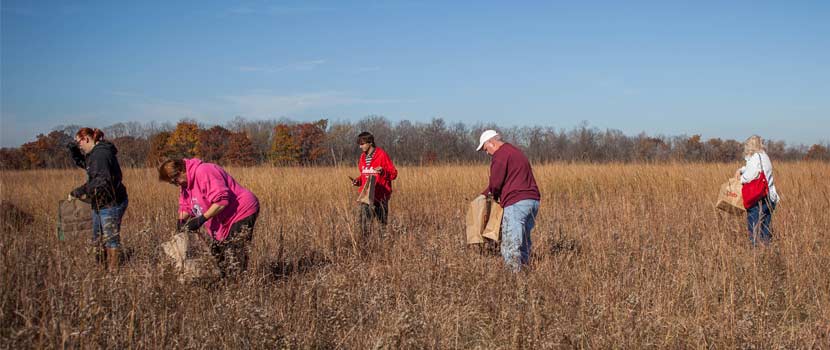
Collecting prairie seeds is a rewarding experience. Prairie seed collection events are the only time park visitors are allowed to explore the prairies off trail, which can be a calming and rejuvenating experience. “It’s like hitting the reset button,” says Angela. “You leave with a bit of your own serenity.”
Plus, if you return the following year, you can see the seeds you collected emerging as blooms.
Ready to get started? Learn more about seed collecting at Three Rivers and how to get involved.
About the Author
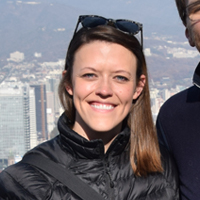
Erin Korsmo is the Web Coordinator at Three Rivers Park District. Her background is in journalism and content strategy. Erin has a longstanding passion for the outdoors. As a child, she went camping every summer and volunteered to count loons for the DNR with her family. Erin is a Minnesota Master Naturalist in the deciduous forest and prairie biomes. Outside of work, she enjoys hiking, kayaking, identifying and photographing plants and wildlife, crafting, and spending time with her husband and cat.
Related Blog Posts
What Happens To Collected Prairie Seeds?
By: Erin Korsmo
Getting collected seeds back onto the prairie is not as simple as you might think. Learn what goes on between seed collection and seed planting.
Prairie Burns: Protecting Precious Habitat with Fire
By: Erin Korsmo
Three Rivers conducts controlled burns at its prairies each spring. Learn what goes into burning a prairie and why fire is so important to preserving this special habitat.
What Is Environmental Stewardship to You?
By: Laura Jarriel Andrea Breitung
Learn what the Three Rivers blog is about and start to ask yourself what environmental stewardship means to you.
